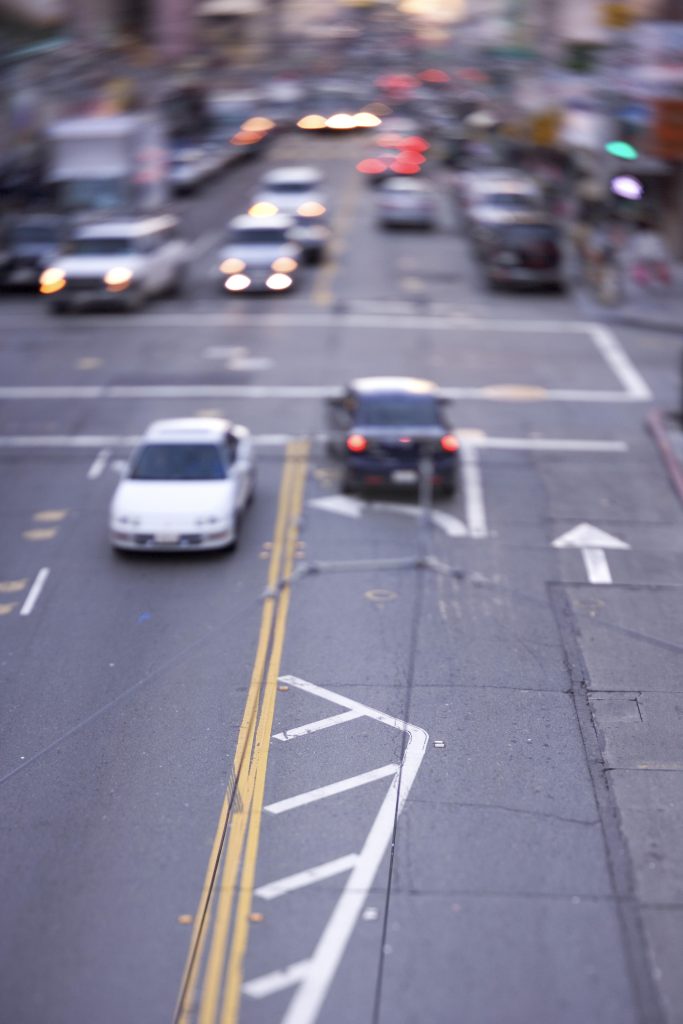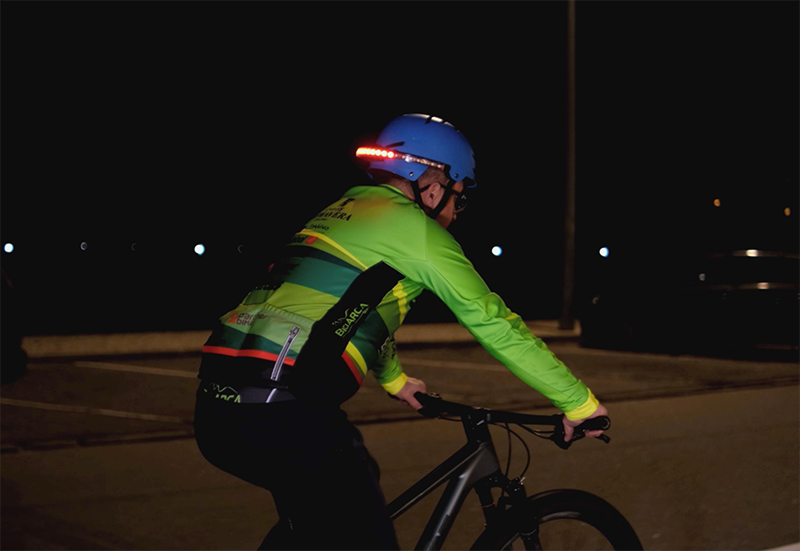As global urban populations continue to grow, cities face mounting challenges: pollution, traffic congestion, CO₂ emissions, and unsustainable infrastructure. In this context, smart mobility has emerged as a game-changer — helping cities transition to more sustainable, efficient, and healthier living environments.
From connected transportation systems to personal micromobility devices, smart mobility is not just about getting from point A to point B — it’s about changing the way we move for the better.
Here’s how smart mobility is contributing to greener cities:
Reducing Traffic Congestion and Emissions
One of the most immediate and measurable impacts of smart mobility is the reduction in car traffic and pollution.

In traditional urban models, private car ownership has long been the default mode of transportation. But cars are inefficient in crowded cities: they spend more time idling in traffic, they occupy valuable space (parking, roads), and they’re a primary source of carbon emissions and noise pollution.
Smart mobility introduces alternatives that are lighter, cleaner, and more efficient — like e-scooters, bicycles, shared mobility services, and electric public transport. By encouraging the adoption of these options, cities can significantly reduce greenhouse gas emissions and improve air quality.
A study by the European Environment Agency showed that switching just 1 in 5 car trips to cycling could reduce urban CO₂ emissions by more than 8%.
Promoting Active and Sustainable Transport
Smart mobility is also about encouraging healthier transport habits. Bicycles, scooters, and even walking — especially when integrated with smart city infrastructure — contribute not only to lower emissions, but also to healthier citizens.
These forms of transport are:
- Zero-emission at the point of use
- Space-efficient
- Affordable and inclusive
However, safety remains a key concern, especially in cities where infrastructure isn’t bike- or scooter-friendly. That’s where solutions like Firefly come in — offering a hands-free, helmet-mounted turn signal that improves visibility and rider confidence.
The more people feel safe using active mobility, the more likely they are to leave their cars at home.
Data-Driven Urban Planning
Smart mobility ecosystems generate valuable mobility data through apps, connected vehicles, and sensors. This data allows city planners and local governments to:
- Understand mobility patterns
- Identify congestion points
- Optimize bike lanes and pedestrian routes
- Allocate public transport resources more efficiently
When cities base their decisions on real-time data, they can design infrastructure that matches actual needs, not outdated assumptions. This leads to reduced energy waste, smarter road usage, and more efficient traffic flow — all of which contribute to a greener, more liveable city.
It’s not just about adding more bike lanes — it’s about placing them where they’ll make the most impact.
Integrating Clean Technology
Smart mobility is inherently tied to the integration of clean and renewable technologies.
Electric vehicles, solar-powered charging stations, regenerative braking systems, and vehicle-to-grid (V2G) solutions are all part of this ecosystem. As the technology matures, cities that invest in smart mobility are simultaneously reducing their dependence on fossil fuels and increasing their resilience to energy crises.
For example, many cities now include solar-powered e-scooter docks, LED smart traffic lights, and electric buses in their fleets. These systems help lower operational emissions and move cities closer to climate neutrality goals.
Smart doesn’t just mean connected — it means sustainable by design.
Making Green Mobility Safer and More Accessible
Despite its benefits, micromobility adoption can be hindered by concerns around safety, usability, and visibility — especially at night or in heavy traffic.
To address this, products like Firefly are helping redefine safety for urban riders. By using head movement to activate LED turn signals, Firefly removes the need for buttons or hand gestures — making it more intuitive and less distracting.
This kind of human-centered design ensures that smart mobility is not only efficient, but also practical for daily life — including for families, older riders, or people less comfortable with tech.
The more accessible and safe green mobility becomes, the more likely people are to make it a part of their everyday routine — which ultimately leads to cleaner streets and healthier communities.
Final Thoughts: Small Moves, Big Impact
Smart mobility isn’t a single solution — it’s a network of innovations working together to reshape urban life. When cities prioritize clean, data-driven, people-first transportation, the benefits ripple far beyond mobility itself:
- Cleaner air
- Healthier communities
- Smarter infrastructure
- More space for people, not cars
At Firefly, we’re proud to be part of this movement — making green mobility safer and more intuitive, one ride at a time.
Want to support safer smart mobility?
Our campaign is now live on Indiegogo. Help us bring Firefly to life — and help build a future where mobility is smarter, safer, and greener.


